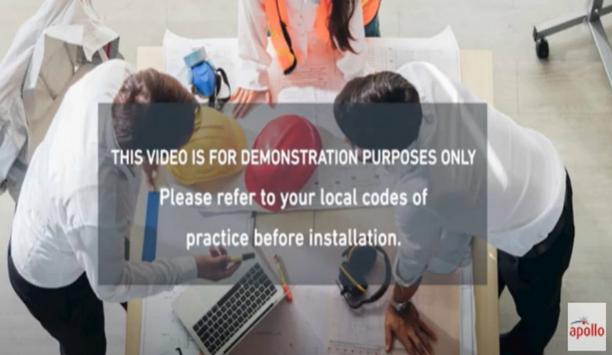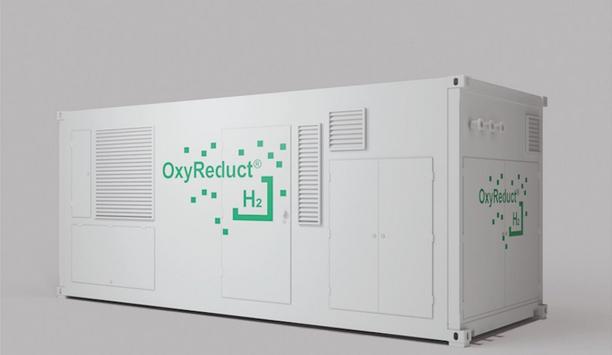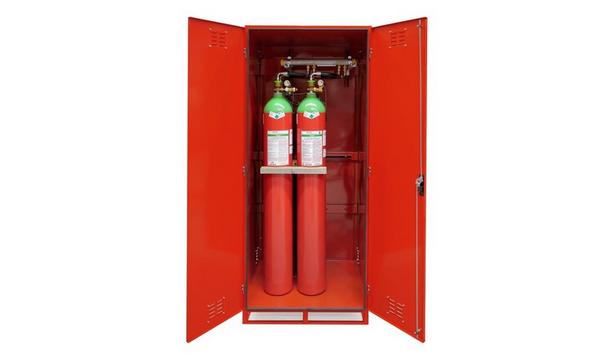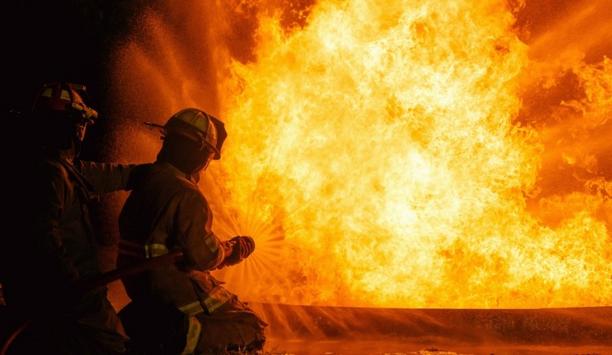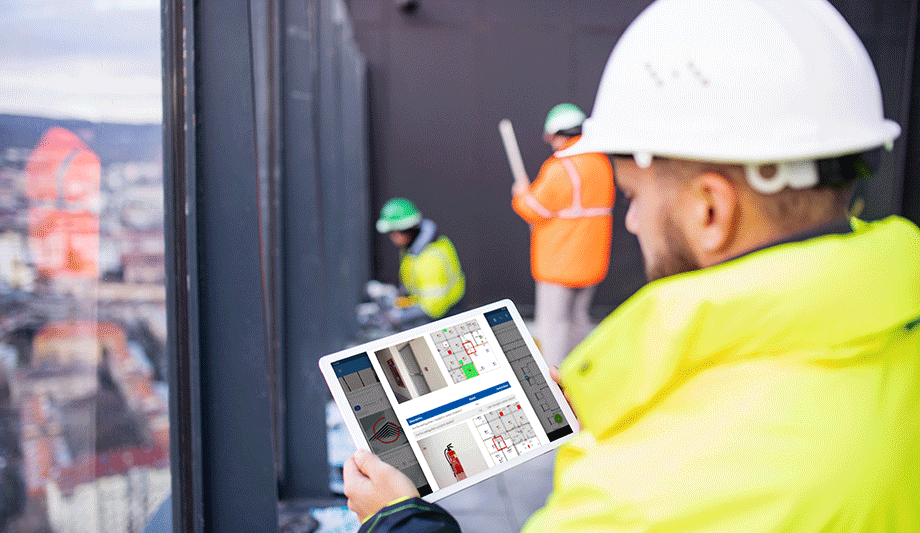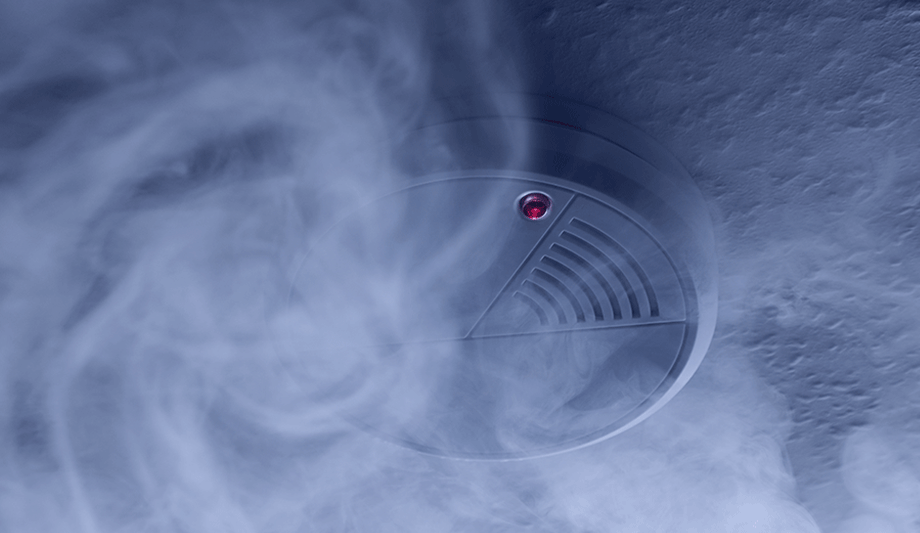 |
| Draeger webinar will discuss impact of gases like HCN and CO on fire fighters |
Modern technology and the increasing use of synthetic materials has changed the way that fire burns, making it more toxic, much hotter and with faster flashovers. As a result, more and more of today's firefighters are dying from exposure to toxic chemicals like hydrogen cyanide (HCN) and Carbon Monoxide (CO). Open to firefighters around the world, a free Webinar programme, "Unmasking the threat of HCN and CO poisoning - a firefighter's perspective" is being held by Draeger on 8 June, 2010.
Designed to be educational, the Webinar will cover the toxic gases that are generated by fire and, specifically, how different materials produce HCN and CO. As well as the effects on health, it will also look at the anatomy of fire smoke, focusing on the toxicitiy of these two potentially lethal substances.
Case studies will include a first hand account of toxic gas exposure at a Providence, Rhode Island restaurant, and delegates will hear how proper use of self contained breathing apparatus during overhaul can help.
Two experienced firefighters will be leading the Webinar. Captain Rick Rochford is a 26-year veteran of the Jacksonville Fire Rescue Department and Anthony Toro is a veteran firefighter involved in an HCN/CO exposure case.
CO and HCN emissions from fires prove fatal for fire fighters |
The poisonous and often lethal effect of HCN lies in the release of the cyanide ion. Produced by the combustion of polyurethan foams, natural fibers, melamine and synthetic polymers such as those found in insulation, cushions, carpets, bedding and building materials, the symptoms of HCN poisoning occur rapidly after inhalation. As synthetic materials can burn up to three times hotter and faster than natural materials, quick flashovers are able to increase the speed of HCN release. Symptoms include headache, rapid and weak respirations, vomiting, excitability, tachycardia, hypotension, convulsions and coma. Death can follow within hours, even if only small amounts of cyanide have been ingested.
Colourless, odourless and tasteless, CO is known as the invisible killer. A fire will undoubtedly lead to CO emission and the health effects will depend very much on the level of exposure and the age and fitness of the individual concerned. At low levels, inhalation of CO causes flu-like effects such as headache, dizziness, nausea and fatigue. Higher level exposures will lead to a loss of power in the legs and unconsciousness, with high concentrations being immediately dangerous to life.


